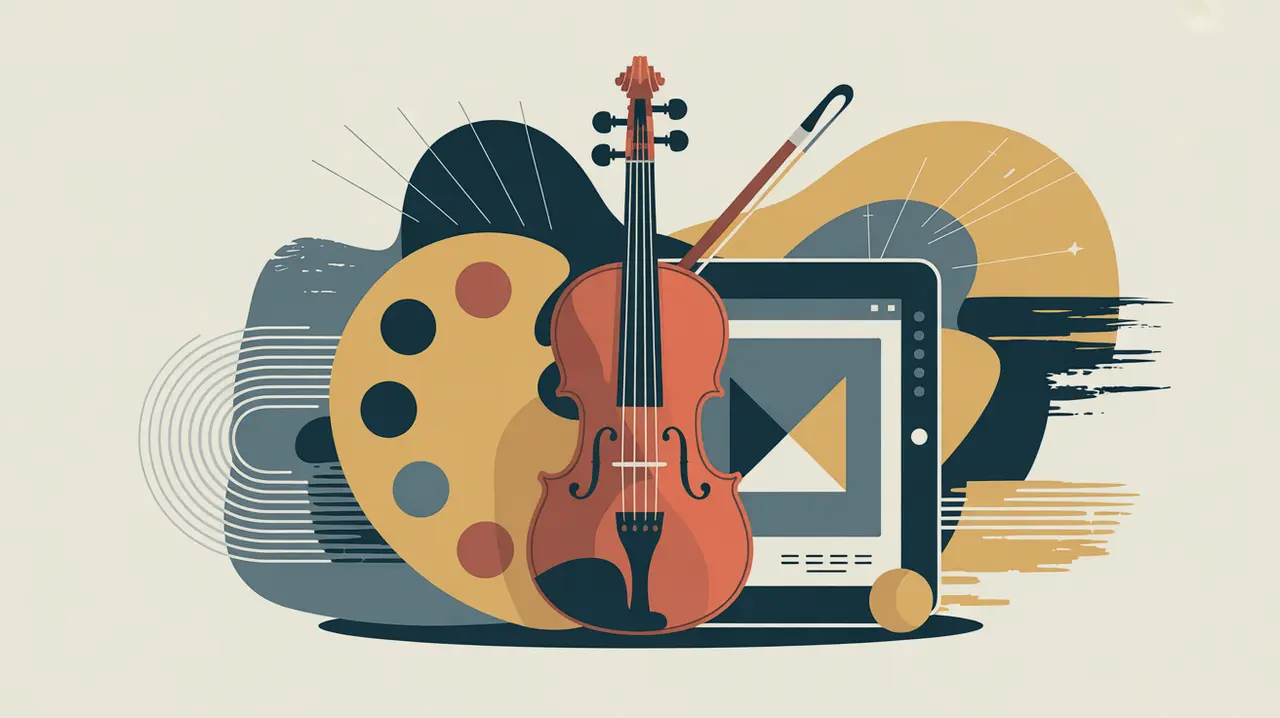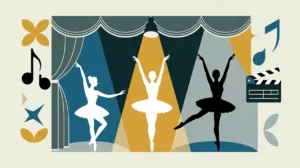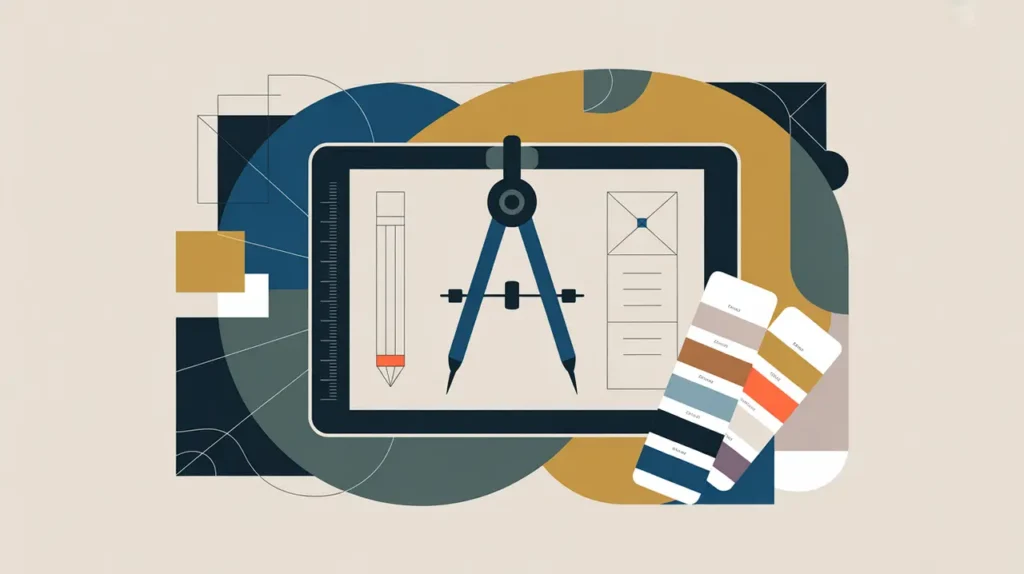Importance of Art and Music
Art and music hold deep significance in social innovation and international development because they foster expression, identity, and connection. They are powerful tools for community building, peacebuilding, and education, while also serving as platforms for economic opportunity and cultural diplomacy. For nonprofits and social innovators, art and music provide alternative pathways to engage communities, amplify marginalized voices, and heal social divisions. Their importance lies not only in aesthetic value but in their ability to transform narratives, create solidarity, and mobilize collective action.
Definition and Features
Art and music encompass creative expressions through visual, performing, and auditory forms that reflect cultural heritage, personal identity, and social realities. Features relevant to development include:
- Cultural Preservation: safeguarding traditions and indigenous knowledge.
- Education and Advocacy: using creative mediums to teach, persuade, and inspire.
- Economic Potential: generating livelihoods through cultural industries.
- Therapeutic Value: supporting psychosocial wellbeing in conflict, trauma, or displacement contexts.
How this Works in Practice
In practice, art and music initiatives range from community theater productions addressing public health issues to music festivals that generate tourism and cross-cultural understanding. For example, nonprofits may use participatory art projects to engage youth in peacebuilding or to raise awareness on topics like gender equality. In humanitarian settings, music therapy programs have been deployed to support displaced children’s recovery and resilience. Partnerships with cultural institutions, local artists, and global platforms expand reach and legitimacy.
Implications for Social Innovation
Art and music serve as catalysts for inclusion and systemic change. They offer proximate actors a way to express agency, preserve identity, and influence global narratives without relying solely on technical or financial tools. For funders and policymakers, investment in the creative sector generates both social and economic returns. Yet the field also faces risks of appropriation, commercialization, or suppression in restrictive environments. When approached with integrity and cultural sensitivity, art and music can transform how development is experienced and practiced, creating space for empathy, creativity, and social cohesion.







